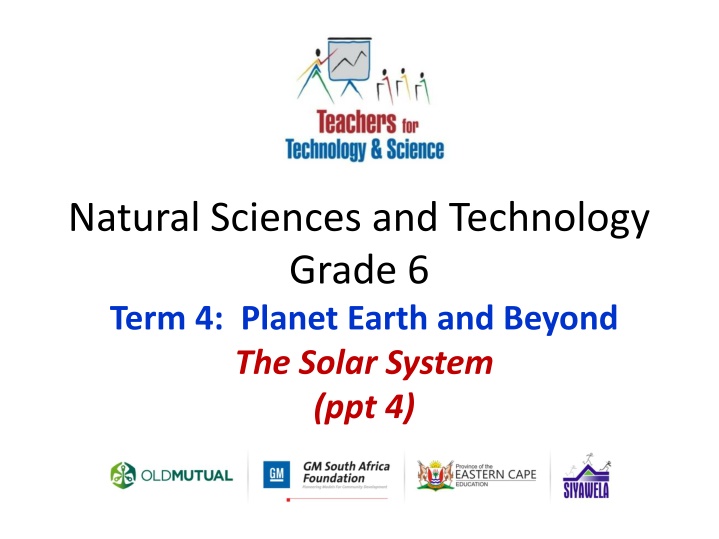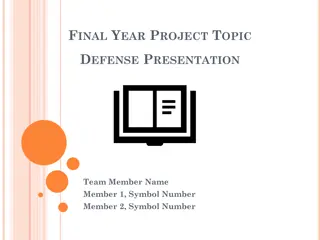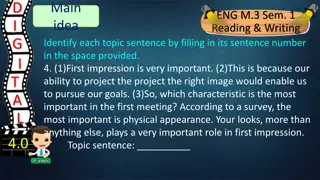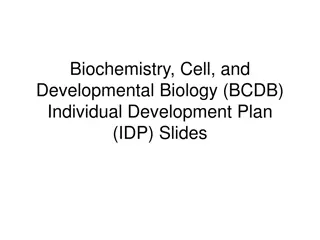
Explore the Moon: Earth's Fascinating Satellite
Discover the wonders of Earth's natural satellite, the Moon. Learn about its composition, size, lack of atmosphere, and unique features such as craters and plains. Understand how the Moon shines, its phases, and its significance in our solar system as one of the largest moons. Explore the relationship between the Moon, the Sun, and Earth, and how other moons around different planets also reflect sunlight. Engage with captivating facts about the Moon and deepen your understanding of this celestial body.
Download Presentation

Please find below an Image/Link to download the presentation.
The content on the website is provided AS IS for your information and personal use only. It may not be sold, licensed, or shared on other websites without obtaining consent from the author. If you encounter any issues during the download, it is possible that the publisher has removed the file from their server.
You are allowed to download the files provided on this website for personal or commercial use, subject to the condition that they are used lawfully. All files are the property of their respective owners.
The content on the website is provided AS IS for your information and personal use only. It may not be sold, licensed, or shared on other websites without obtaining consent from the author.
E N D
Presentation Transcript
Natural Sciences and Technology Grade 6 Term 4: Planet Earth and Beyond The Solar System (ppt 4)
Topic 1 The Solar System Moons Natural Sciences and Technology - Grade 6
Earths Satellite Natural Sciences and Technology - Grade 6
Earths Satellite Moon = Luna = Selene = Maan = Inyanga. Natural satellite means the moon occurs naturally and orbits the Earth. The Moon is 1/3 the size of Earth. It is the fifth largest moon in the Solar System. Natural Sciences and Technology - Grade 6
Earths only natural Satellite Has no air, very little water or life. Gravity is one fifth [1/5th]of Earth s. The footprint of the first person that stepped on the Moon. Natural Sciences and Technology - Grade 6
Facts about the Moon It has a rocky surface. Craters can be seen that are caused by asteroids and other space rocks that hit the Moon. It has larger mountains that appear lighter. The darker shades of the Moon are large flat surfaces known as plains. Natural Sciences and Technology - Grade 6
Moon Shines Reflects light from the Sun. Appears bright because it is close to Earth. Seen mainly at night. Phases of the Moon depends on the Moon s position in relation to the Sun and Earth. Natural Sciences and Technology - Grade 6
Moons There are other moons. They are also satellites for different planets. None of them give off their own light, but reflect the light of the Sun. Natural Sciences and Technology - Grade 6



















